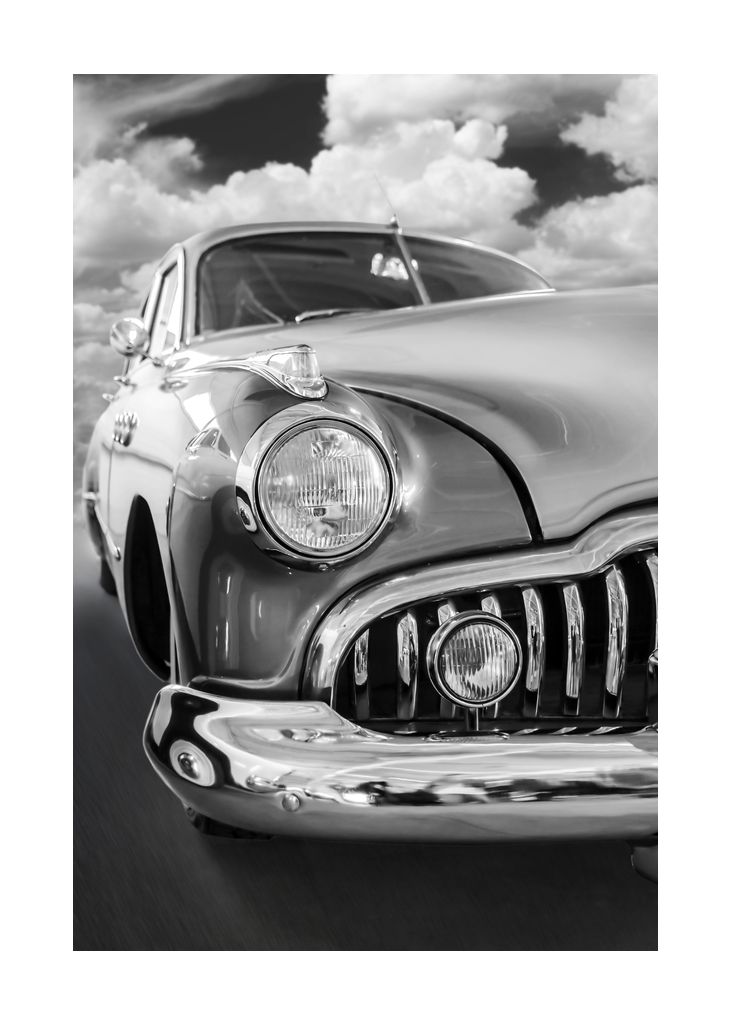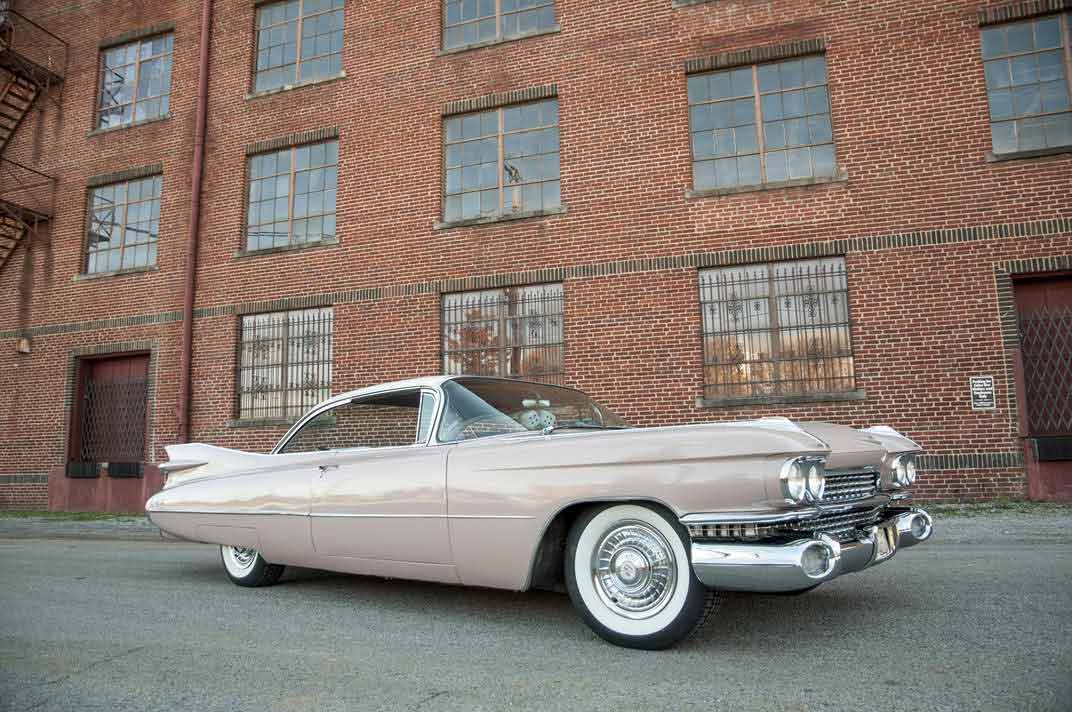
One of the many muscle cars available on the market is worth considering if you are looking for a new car in 2019. You've probably heard of the new Chevrolet Camaro ZR1, the Kia Stinger, or the Dodge Challenger. However, it is possible to compare these cars to determine which car is the best. Below are the most popular muscle cars on the market today. Read on to learn more about each vehicle, and what makes them so special.
Chevrolet Camaro ZR1
The 2018 Chevrolet Camaro ZR1 offers many benefits. It is a muscle car that boasts powerful V8 power and modern tech. The ultimate version offers a variety of extras not available in the base model. This includes an eight-way, power driver's seats with memory, cruise controls, heated Recaro rear seats and a heated steering. Wireless charging, power trunk release, rear parking sensors, and 24-color ambient lighting are some of the other features.
The ZR1's horsepower is mind-blowing. The ZL1 1LE Camaro muscle car is derived from ZR1. It has 1,000 horsepower. It can achieve a top speed in excess of 217 mph. This car is perfect for those who are passionate about high-performance cars and V8 engines. It can also hold more than 500lbs of torque!

Kia Stinger
A new trim level, the GTS, is available on the 2020 Kia Stinger. You will also find many improvements to the standard features. It now comes with a blind-spot monitor, head-up display, and automatic emergency braking. It also includes heated rear seats, wireless smartphone charge, and surround-view cameras. The GT trim adds rear spoilers. The GT1 or GT2 trims include lane departure alerts, cruise control, A/C Seats, and cruise control.
The suspension is designed to give you a great deal of comfort while still maintaining stiffness. Sport drive mode sees the suspension firmer, but with less floaty tendency. Brakes remain the weakest link in the car. Brembo brakes may be adequate for daily use, but they are susceptible to wear when the car has been pushed. Kia Stinger muscle cars 2019
Dodge Challenger
The Dodge Challenger is a muscle car that was popularized in the United States from its inception in 1967. The original name of the SRT8 was Dodge Challenger. This modified version offers more power and torque. The base model is powered by 305 horsepower and 268 pounds of torque. The 5.7-liter V-8 version has 379 horsepower. Along with these improvements, the Dodge Challenger 2022 will have electric power steering and a huge center console which doubles to hold smartphones.
The Dodge Challenger, as it is known today, is twelve years-old. In 2019, FCA sold 61,000 Challengers, a number that was 13,000 higher than that of the Chevy Camaro. This shows the long-standing popularity of muscle cars. The brand's nostalgia is what makes the Dodge Challenger muscle cars so popular. After a 30 year hiatus, it was returned to production in 2008. It was sold in 1971 under the Silver Challenger brand.

Dodge Charger vs Dodge Charger
The Dodge Charger is a better choice than muscle cars if you are looking for a new car. The basic engine and basic powertrain are the same, but the V8 powered Charger stands out. In addition to that, both models offer an insane array of rims and a distinct front end. However, while the Charger is more exciting to drive, it can also be expensive to insure.
The Dodge Challenger is a lot more powerful than the Dodge Charger. Muscle cars often have powerful V8-powered engines, while sports vehicles are smaller and lighter, making them more agile. The Charger is more suited to driving in tight spaces. You can choose between a muscle car or a sports car, but both are fast and capable of competing in street racing.
FAQ
What is the difference between an automotive technician and a mechanic?
Both are related, but they are not the same. Both a mechanic and an automotive technician can repair cars.
A mechanic should be able to do simple tasks quickly and have good manual dexterity. A mechanic should also be able accurately diagnose and repair problems.
An automotive technician is required to have more technical knowledge than a mechanic. They must be able to read blueprints and use tools such as drills and wrenches.
They must also be able perform complex procedures safely. They must also be familiarized in different types and electrical systems.
They must also be able comprehend how the various parts interrelate with one another.
A mechanic typically earns less than an automotive technician. Both careers have many options.
What qualifications do you need to be a truck-mechanic?
You don't have formal qualifications for this role, but you are very experienced working on trucks and engines. Your expertise is invaluable because you know how quickly and efficiently to diagnose problems.
Additionally, you have a solid knowledge of diesel technology that will enable you to determine what parts are necessary to repair our vehicles.
What qualifications do I need to become a mechanic?
To become a technician, you will need to pass a series exams. These exams include:
-
A general knowledge test
-
A practical exam
-
An apprenticeship test
These tests are meant to help you grasp the fundamentals of mechanical engineering and physics, before you begin your journey as a mechanic.
You'll be eligible for work as a mechanic after you have passed the tests. You'll still need an apprenticeship. This will include training in the trade.
To fully understand the mechanics of vehicle repairs, you'll need workshops and classes. It will be necessary to work alongside experienced mechanics.
You'll need a high level of concentration and attention to detail if you want to succeed as a mechanic. You will need to pay careful attention to every aspect when repairing vehicles.
You'll need patience and persistence to become a successful mechanic. If you don’t like following directions, then this career path may not suit you.
But if you love cars and enjoy fixing them, you could be very happy in this line of work.
Statistics
- There were 749,900 jobs available for automotive service technicians and mechanics in 2016, which is expected to grow by six percent through 2026. (jobhero.com)
- 52% of Mechanics in the United States think their salaries are enough for the cost of living in their area. (indeed.com)
- According to the BLS, total auto technician employment is expected to exceed 705,000 by 2030. (uti.edu)
External Links
How To
How to correctly diagnose your vehicle for repairs
Before you can determine if your car requires repairs, it's important to first analyze the symptoms. Then, follow these steps to diagnose your vehicle properly.
-
Check engine lights. The dashboard light indicators, including the engine light, oil pressure gauge, battery light indicator, coolant temperature gauge and RPM gauge, should be checked. If they have been flashing for more days than usual, it could be a sign that something is wrong with the vehicle.
-
Check the treads of your tires. Tires that are worn can cause issues with handling and braking. The treads of the wheels should be inspected as well. They should be smooth and clean. To do this, remove the wheels and take them out. A flashlight can be used to check how worn the treads are.
-
Observe the brake fluid level. You must always monitor the level of your brake fluid. This helps ensure that your brakes operate properly. If your brake fluid level is low they might not work properly when you apply pressure.
-
Make sure to test the suspension system. Most vehicles have a suspension system that absorbs shocks and vibrations. It gives you better control and allows for smoother accelerations and decelerations. You might notice a wobbly feeling or uncontrollable shaking in your vehicle if it has a problem with its suspension. To determine whether your vehicle may have a suspension issue, you can try to put weight on the rear or front axle and watch the movement.
-
Examine the steering wheel. The steering columns are what connect the steering knob to the rest. The steering column can often be damaged by an accident. You should replace the steering column if it is loose or weak.
-
Observe the exhaust pipe. Exhaust pipes help move gases from the combustion chamber to the atmosphere. You can let harmful fumes into your home if your exhaust pipes crack or leak. Also, if your tailpipe is bent, you should fix it immediately.
-
Take a look under your hood. Look underneath your hood to see if anything looks strange. Your engine could be leaking fluids. You should also contact a professional technician if there is an unusual odor coming from the engine compartment.
-
The air filter should be checked. The outside environment can collect dust and other debris in your vehicle's air filters. A dirty filter can lead to a poor vehicle's performance. Replace your air filter regularly.
-
Check the fan belt. The fan belt is the link between the engine and the transmission. If the fanbel breaks, your engine won't turn. It is easy to replace the belt. You will need a screwdriver, pliers and a pair of pliers.
-
The radiator hose and hoses should be checked. The radiator hose carries water from the radiator to the engine. It can crack or become damaged and leak hot liquid onto an engine. You only need a pair of needle-nose pliers and a small wire brush to repair the hose.
-
Check the windshield wipers. Windshield wipers use electricity for snow and rain removal. They can leave streaks on your windows glass if they stop working. Change the washer fluid to fix the problem.
-
The battery cables should be checked. Your car's electrical system is powered by batteries. Always disconnect the negative wire before you replace batteries. Failure to do so can damage your alternator.
-
You should check the headlights. Headlights illuminate the road ahead of you. Bad visibility can be caused by headlights that don't work correctly. To check if the bulbs have gone out, you can inspect them.
-
Make sure you have your lights on. The lights are there to warn other drivers if they approach you at night. If one doesn't work, it could distract you and lead to an accident.
-
You should inspect your brakes. Before you get in a car accident, your brakes will be slowing down your vehicle. If your brakes aren't working properly, you may lose control and crash into other cars.
-
Change the oil. Keep your engine lubricated with oil. It prevents metal parts from rusting too quickly. It is recommended that you change your oil at least once per month.